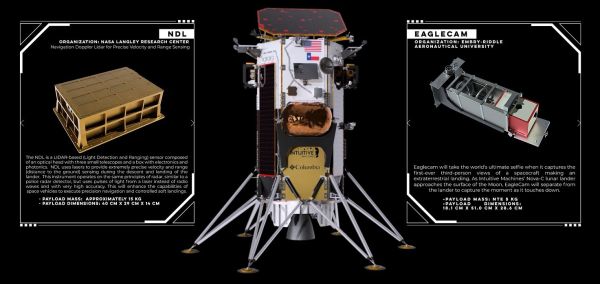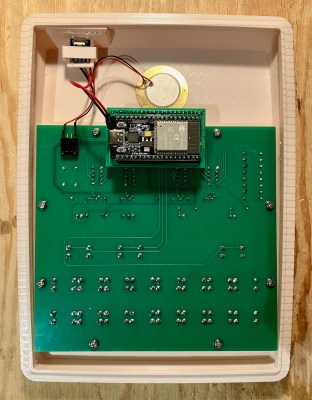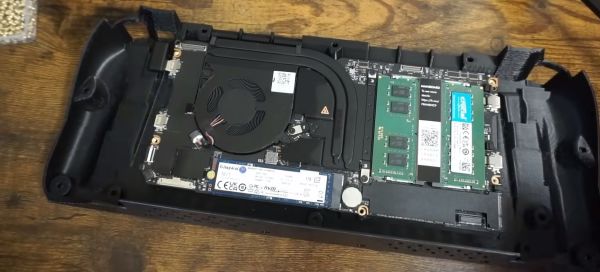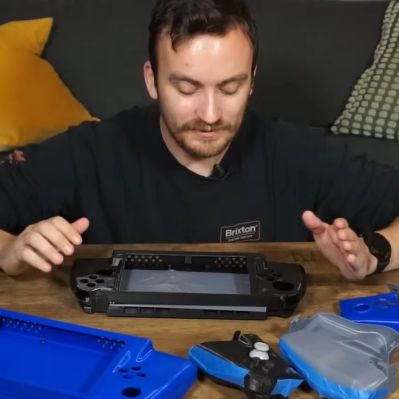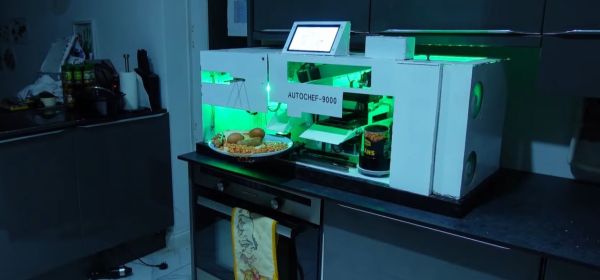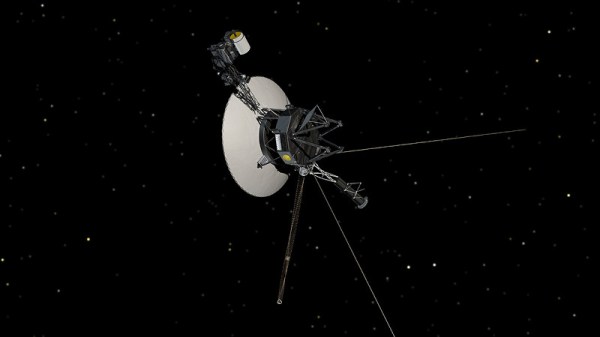Finding extraterrestrial life in any form would be truly one of the largest discoveries in humankind’s history, yet after decades of scouring the surface of Mars and investigating other bodies like asteroids, we still have found no evidence. While we generally assume that we’re looking for carbon-based lifeforms in a water-rich environment like Jupiter’s moon Europa, what if complex organic chemistry would be just as happy with sulfuric acid (H2SO4) as solvent rather than dihydrogen monoxide (H2O)? This is the premise behind a range of recent studies, with a newly published research article in Astrobiology by [Maxwell D. Seager] and colleagues lending credence to this idea.
Previous studies have shown that organic chemistry in concentrated sulfuric acid is possible, and that nucleic acid bases – including adenosine, cytosine, guanine, thymine and uracil which form DNA – are also stable in this environment, which is similar to that of the Venusian clouds at an altitude where air pressure is roughly one atmosphere. In this new article, twenty amino acids were exposed to the concentrations of sulfuric acid usually found on Venus, at 98% and 81%, with the rest being water. Of these, 11 were unchanged after 4 weeks, 9 were reactive on their side chains, much like they would have been in pure water. Only tryptophan ended up being unstable, but as the researchers note, not all amino acids are stable in water either.
Continue reading “Complex Organic Chemistry In Sulfuric Acid And Life On Venus”


